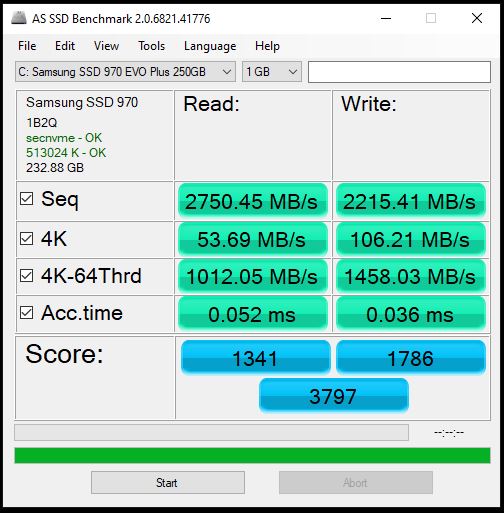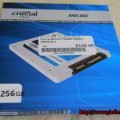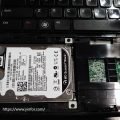Based Wikipedia, A solid-state drive (SSD) (sometimes improperly referred to as a “solid-state disk” or “electronic disk”) is a data storage device that uses integrated circuit assemblies as memory to store data persistently.
Yes, SSD disk has no moving parts. It is as quiet as nothing working.
SSDs use NAND flash chips. Within each of these chips are millions of cells. There are only two types of NAND cells today: single-layer (SLC) or multi-layer (MLC).
So, which one is better, SLC or MLC.
Also from Wikipedia:
Lower priced drives usually use multi-level cell (MLC) flash memory, which is slower and less reliable than single-level cell (SLC) flash memory.
Now, the 120GB MLC SSD is about $100. A 24GB SLC SSD is about $120.
And in consumer market, MLC SSD is mainstream. The performance of MLC SSD is improved with the new control chips and new NAND chips developed.
Max Seq Read 535 MB/s, Max Seq Write 475 MB/s, Max Random Read 95K IOPS, Max Random Write 85K IOPS. (Data of OCZ Vertex 4)
More and more products come, from Intel to OCZ.
The latest OCZ Vertex 4 is very good for desktop.
Look the review of it, which has comparison of Vertex 3, Vertex 4, Intel SSD.







